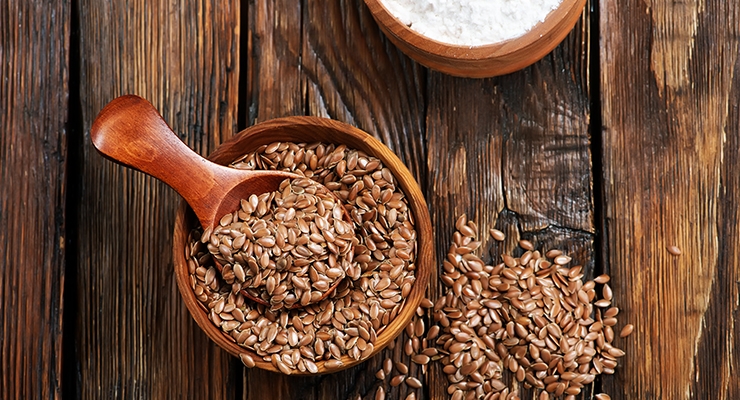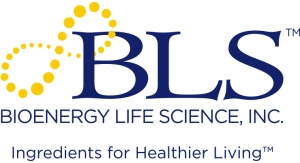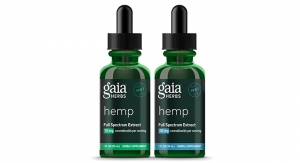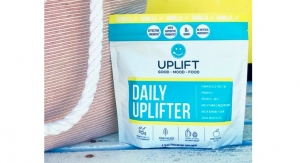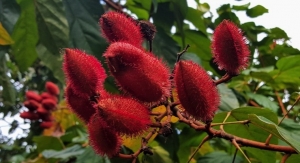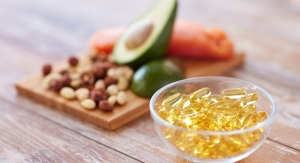07.09.19
The global flax protein market was valuated at around $48 million in 2018, and is expected to grow at a CAGR of over 5.5% from 2018 to 2027, according to a report from Persistence Market Research.
The global flax protein market is competitive and well fragmented. The dietary supplement segment under end use is expected to hold the largest share in terms of both value and volume over the forecast period. The rapid growth of the supplements segment is due to growing demand for plant protein.
Plant-based proteins as well as the growing vegan population are prime factors driving growth. By end use, the energy and sports nutrition segment is expected to grow at a high CAGR of 9.1%, due to increasing penetration of plant proteins as well as increasing preference for plant-based proteins, the report said.
By region, Asia-Pacific (APAC) is expected to hold a relatively high market share of 26.9% in terms of value share by 2027 in the global flax protein market. This region is expected to create an absolute dollar opportunity of $10.63 million between 2018 and 2027. This growth is due to rising demand for dietary supplements and sports nutrition. Growing awareness about the inclusion of proteins in various food products is one of the prime factors for the growth of the global flax protein market.
North America currently holds the largest share in the global flax protein market, but is expected to grow at a low CAGR since it is already a mature market. The market in Latin America is expected to show growth at a CAGR of 5.8% in the global flax protein market.
By nature, the conventional segmentation is expected to hold a prominent share of around 95% by the end of 2027, and grow at a CAGR of 5.7% in terms of value. This growth of the conventional segment is due to easy availability as well as lower prices as compared to the organic segment. However, the organic segment is expected to grow at a CAGR of 5.5%, owing to the ongoing “move to organic” trend and increasing demand for “clean” products.
The report provides market insights and analysis on companies and suppliers. A competitive landscape of key players in the flax protein space is offered. Key product offerings, long- and short-term strategies, as well as the global presence of key players are provided. The report also highlights the recent developments in the global flax protein market.
The global flax protein market is competitive and well fragmented. The dietary supplement segment under end use is expected to hold the largest share in terms of both value and volume over the forecast period. The rapid growth of the supplements segment is due to growing demand for plant protein.
Plant-based proteins as well as the growing vegan population are prime factors driving growth. By end use, the energy and sports nutrition segment is expected to grow at a high CAGR of 9.1%, due to increasing penetration of plant proteins as well as increasing preference for plant-based proteins, the report said.
By region, Asia-Pacific (APAC) is expected to hold a relatively high market share of 26.9% in terms of value share by 2027 in the global flax protein market. This region is expected to create an absolute dollar opportunity of $10.63 million between 2018 and 2027. This growth is due to rising demand for dietary supplements and sports nutrition. Growing awareness about the inclusion of proteins in various food products is one of the prime factors for the growth of the global flax protein market.
North America currently holds the largest share in the global flax protein market, but is expected to grow at a low CAGR since it is already a mature market. The market in Latin America is expected to show growth at a CAGR of 5.8% in the global flax protein market.
By nature, the conventional segmentation is expected to hold a prominent share of around 95% by the end of 2027, and grow at a CAGR of 5.7% in terms of value. This growth of the conventional segment is due to easy availability as well as lower prices as compared to the organic segment. However, the organic segment is expected to grow at a CAGR of 5.5%, owing to the ongoing “move to organic” trend and increasing demand for “clean” products.
The report provides market insights and analysis on companies and suppliers. A competitive landscape of key players in the flax protein space is offered. Key product offerings, long- and short-term strategies, as well as the global presence of key players are provided. The report also highlights the recent developments in the global flax protein market.

